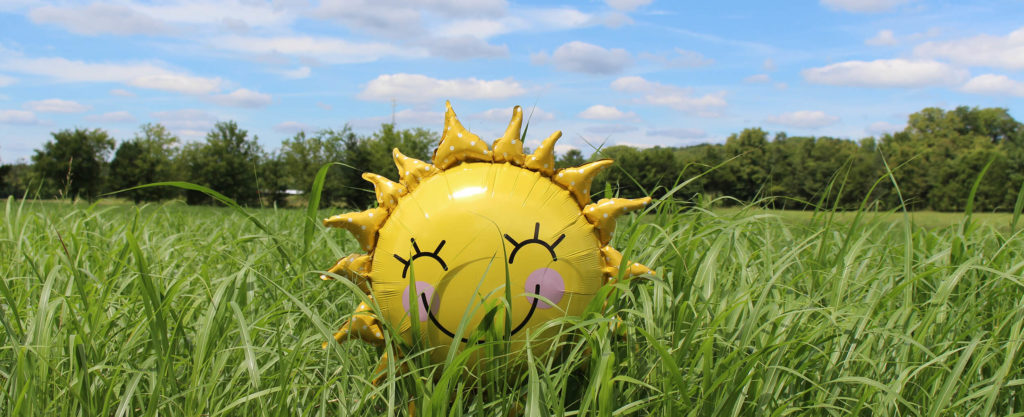What if meteorologists only used science half the time when forecasting the weather?
Not long ago, people predicted weather by simply looking outside, taking in clues like wind or cloud cover and then hoping for the best.
Today, weather forecasting utilizes a bit more sophisticated science and advanced technology, and we depend on it daily. But imagine if meteorologists relied on gut feelings to complete their forecasts?
We’d often be caught unprepared by unexpected weather conditions—in the cold with no coat, in the rain with no umbrella, not to mention the risks to our property and safety.
The same is true of forecasting in the hospitality world. Marketing and revenue management rely on accurate demand forecasts to plan campaigns and optimize revenue. Operations uses forecasts to manage planning, buying and labor costs. And leadership and investors use forecasts to anticipate profits and optimize performance across the portfolio.
Yet today’s forecasting methods are being applied to only part of the picture, and often the view is a bit foggy, leading to poor visibility and missed opportunities.
The Forecast Calls for Revenue Science
Revenue management has come a long way in recent years, so much so that we now call it a science. This means a lot of testing and observing, using proven methods and applications to make better decisions, and improving with each iteration.
A key aspect of revenue science is forecasting. Much like weather forecasting, revenue forecasting applies science, technology and data to predict future conditions.
And yet so much of this know-how is focused on rooms. Meanwhile, other important sources of revenue are being neglected, including food & beverage (F&B), meetings & events, retail, parking and ancillary revenue.
Give F&B Its Day in the Sun
This is especially true of F&B. If F&B forecasting is done at all, it typically involves cutting and pasting last year’s actuals or this year’s budget and then adding (or subtracting) a few percentage points. It’s hardly precise or reliable.
With so much data available to hotels today (in fact, F&B can generate up to ten times more data than rooms) there’s no excuse for guesstimating, fudging or sandbagging (okay, there will always be some sandbagging), especially with so much opportunity to boost profits.
Save for a Rainy Day
Imagine your hotel has a big group on the books that will occupy a large proportion of guest rooms, function space and restaurant capacity. Fantastic, right? Yes, but are you doing everything possible to leverage this demand?
Increasing rates for remaining guest rooms is a no-brainer, but what about other revenue? Perhaps you can increase fees for A/V and run a prix fixe menu in the restaurant.
If, on the other hand, the majority of meetings and meals will be held off property, you maximize profits by reducing operational costs, packaging unsold rooms with meals, spa treatments or recreation, and launching a promotion to attract local business.
Such tactics are common in rooms revenue management but rarely utilized to their full potential in other revenue streams. Yet even small tweaks to staffing can significantly boost profitability—particularly in F&B, where controlling labor costs can make the difference between a good and a great year.
It might even make the difference between earning your quarterly bonus or just missing it. Now that’s a strategy you can take to the bank…literally.
Apply Revenue Science to Forecasting
Here are just a few ways to apply revenue science to total revenue forecasting:
- Create three types of forecasts: demand, operational and financial. This will provide a holistic picture of future demand, revenue and profitability across the entire business.
- In the operational forecast, break down F&B revenue by day of week, outlet, meal, covers, customers, non-residents vs. residents and other relevant variables.
- Ensure F&B outlets are tracking important guest traits like if a guest is a resident or non-resident of the hotel or food allergies, then store in the hotel’s guest management system.
- Analyze the impact of different market segments and types of groups on total revenue, not just rooms revenue.
- Identify opportunities to yield more aggressively in times of high demand and manage costs more effectively in times of low demand for all revenue sources.
- Automate collection across data sources using a uniform language, freeing up time for more analysis and strategy, reducing errors, and making it easy to forecast on a frequent basis.
Gray Skies Are Gonna Clear Up
By applying revenue science to total revenue forecasting, hotels move away from gut feelings and guesstimates to building data-driven strategies and decisions in planning, cost control and promotions, with the goal of driving higher profitability throughout the hotel and across the portfolio.
Whether it’s time to make hay while the sun shines or to batten down the hatches when storm clouds are on the horizon, you’ll always be better prepared with total revenue forecasting.
- Game On – Revenue Management Arrives in the Commercial Arena - November 16, 2020
- Safety, Traveler Confidence, and the Convergence of Hotel Revenue and Commercial Activity - August 12, 2020
- The Hospitality REVolution: All Systems Go! - February 20, 2020
